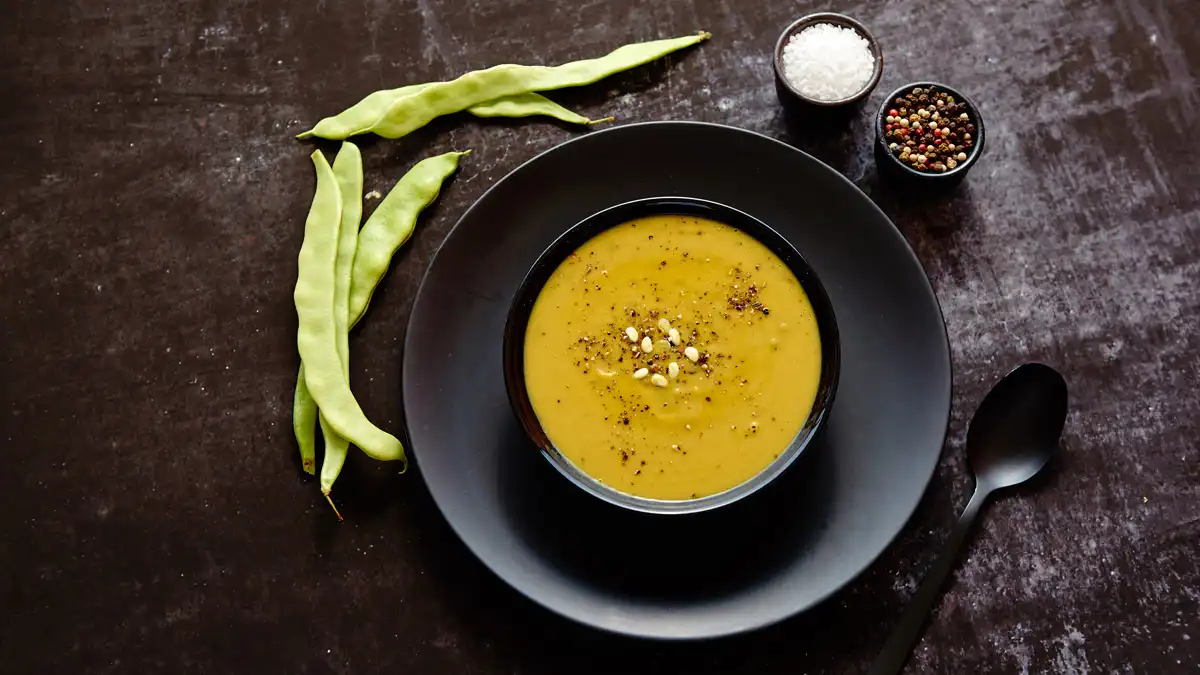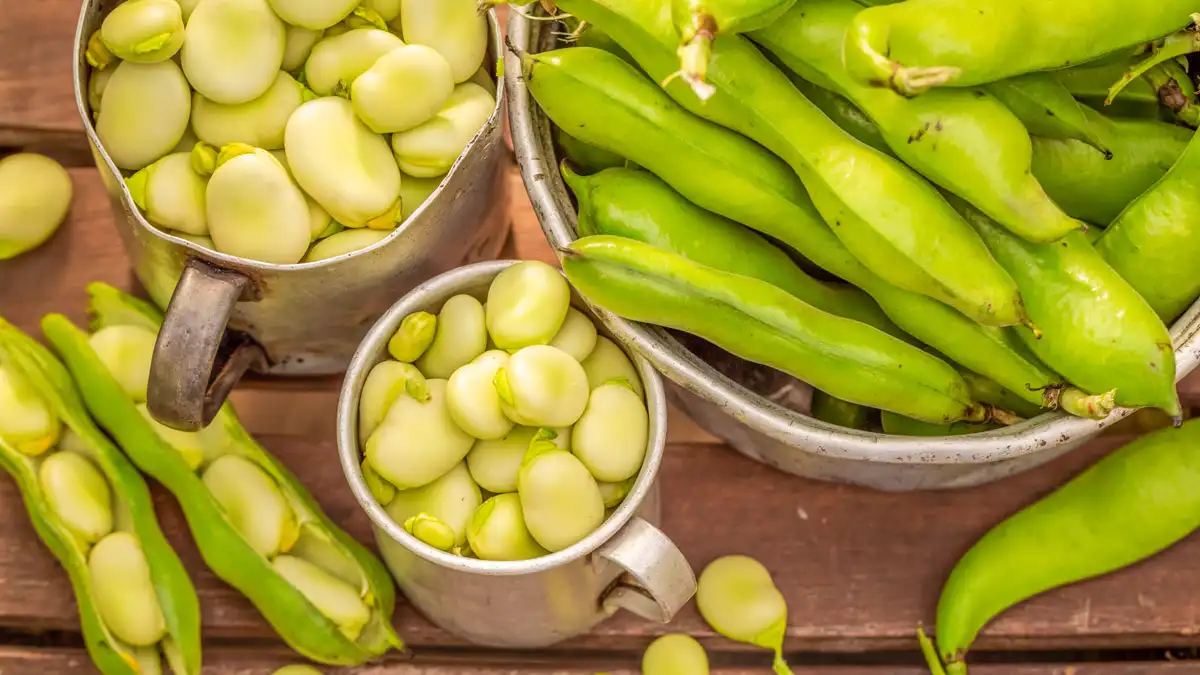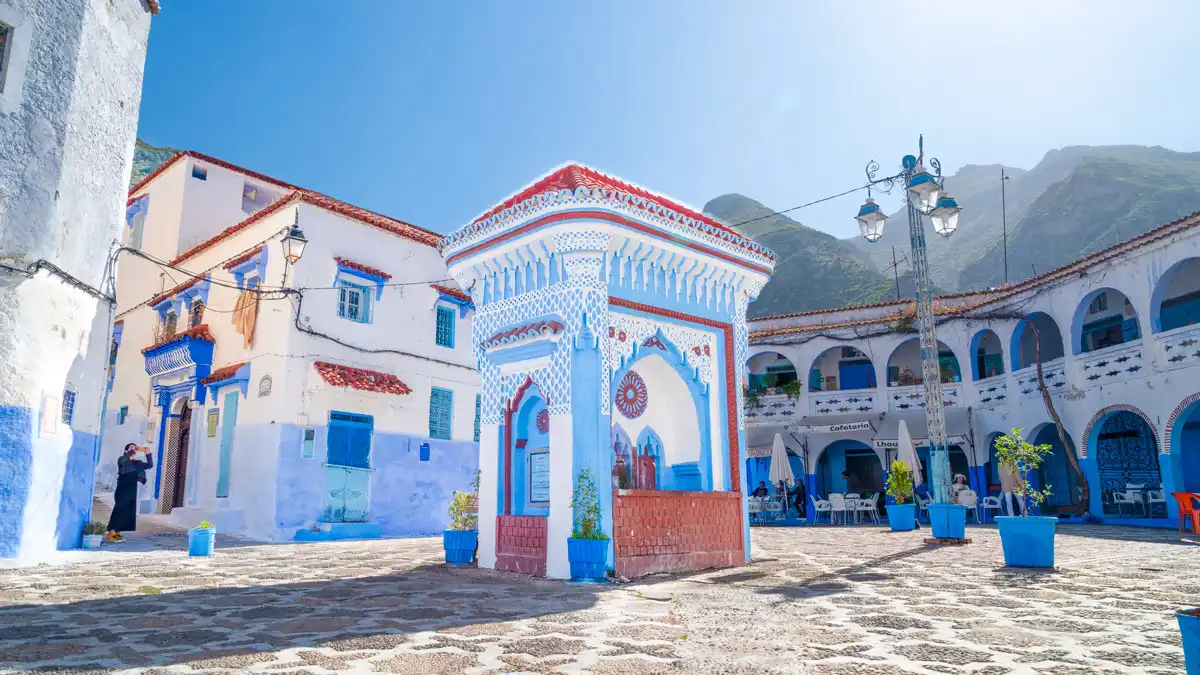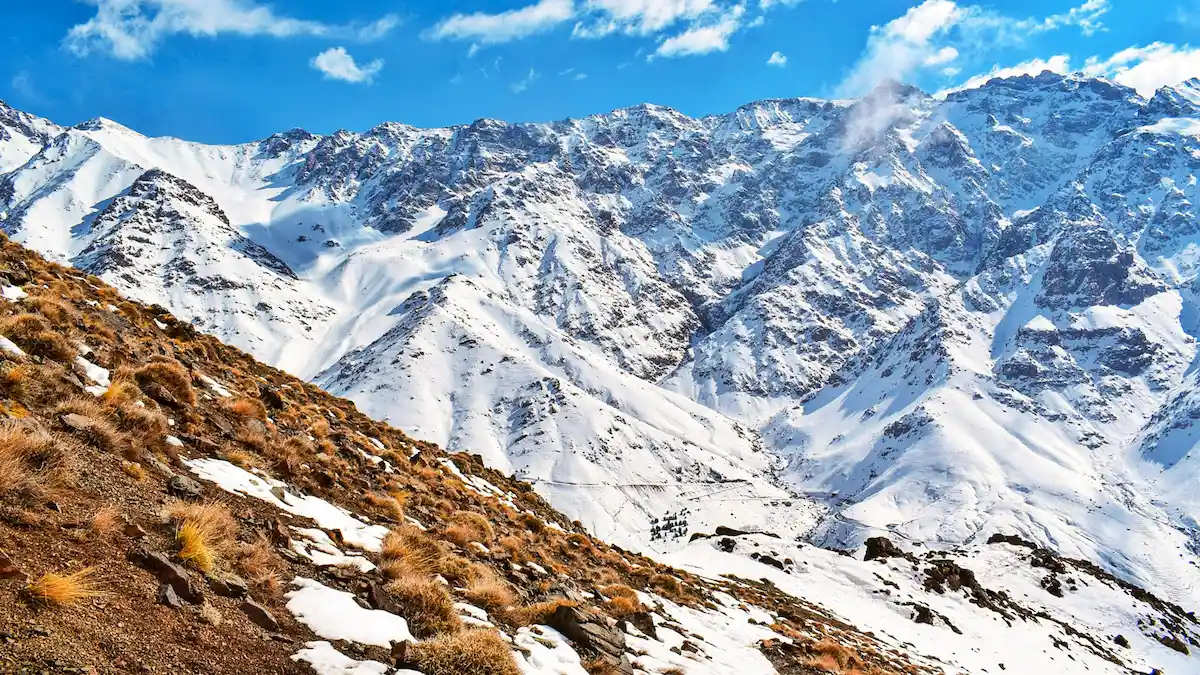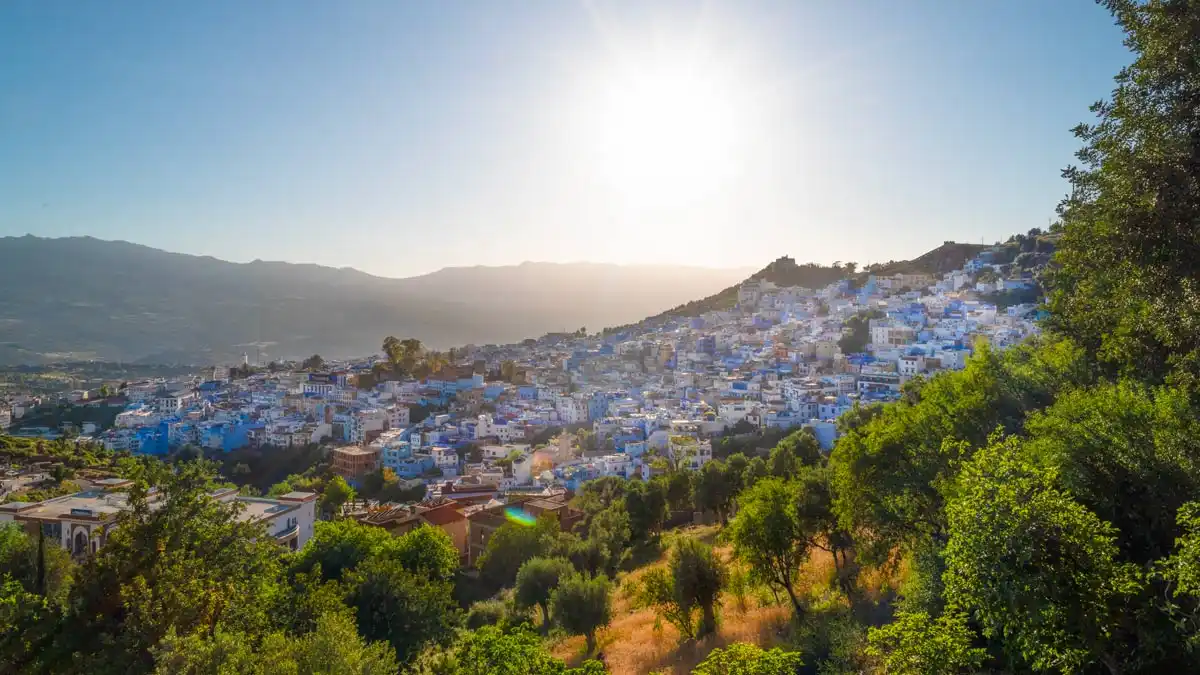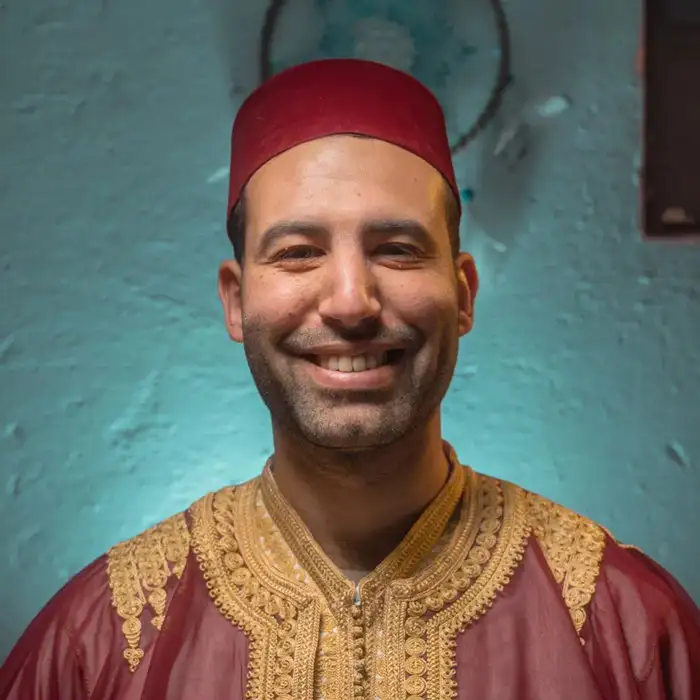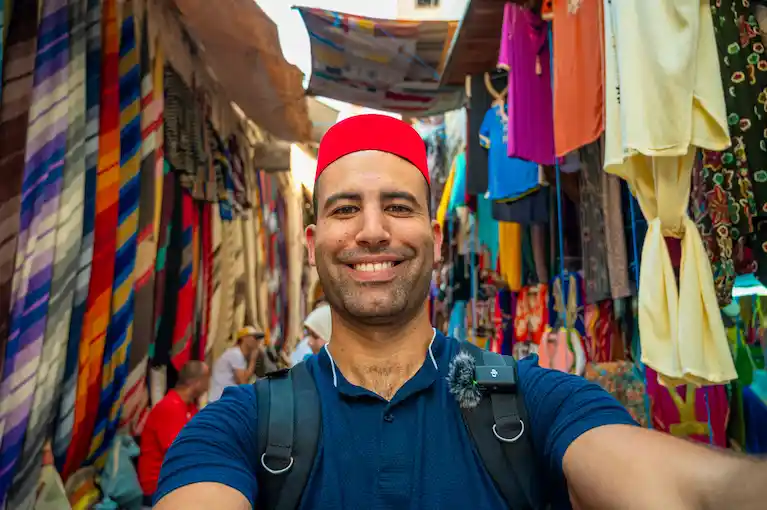Moroccan Bissara Soup – The Popular Moroccan Food
If you have ever found yourself wandering in Morocco (and hungry), especially in the northern parts, you might have noticed the fragrant aromas wafting from local kitchens as people prepare a dish called Bisara (also spelled Bessara). This humble soup, made primarily from fava beans, is a staple in traditional Moroccan food. It’s simple, filling, and surprisingly delicious.
In this article, I will take you through everything you need to know about Moroccan Bisara—what it is, its history, how to make it, where it’s most popular, and when it’s typically eaten. Let’s dive in.
What Is Moroccan Bisara?
At its core, Bisara is a traditional Moroccan soup made from fava beans, olive oil, garlic, and a mix of spices. It’s thick and creamy, often enjoyed with a drizzle of olive oil, a sprinkle of cumin, and a side of Moroccan bread to dip. The soup is flavorful yet incredibly simple in ingredients, making it both a nutritious and comforting Moroccan food recipe.
It’s a beloved dish in many Moroccan homes, especially during colder months or in the morning for breakfast. Bisara is often served with a garnish of olive oil, a dash of cumin, and sometimes even a squeeze of lemon. It can be enjoyed as a light meal on its own or as part of a larger spread alongside other popular Moroccan food options.
A Brief History of Bisara
The origins of Bisara are rooted in Moroccan culinary traditions, particularly in Northern Morocco, where the dish is considered a must-try. Fava beans are native to the Mediterranean region, and Morocco, being in close proximity, has embraced them in various forms over the centuries.
It is believed that Bisara originated in rural Moroccan households. In ancient times, fava beans were a key ingredient in the diet of local farmers, as they were easy to grow and offered a good source of protein. The soup likely began as a simple, hearty meal to sustain people through long, laborious days. Over time, it became a dish enjoyed by people from all walks of life, whether in humble homes, street food stalls selling Moroccan street food, or more upscale restaurants.
The key to Bisara’s enduring popularity lies in its simplicity and nutritional value. It is rich in protein, making it an affordable and filling dish, especially for those who rely on vegetarian diets.
How to Make Bisara
Now, let’s get into how you can make this flavorful fava bean soup yourself. Making Bisara at home is not complicated and requires only a few basic ingredients. Here’s how to make this traditional Moroccan food:
Ingredients:
- 2 cups dried fava beans (you can use fresh ones if in season, but dried ones are more commonly used)
- 5 cups of water
- 2 tablespoons olive oil (extra virgin for better taste)
- 2 cloves of garlic, minced
- 1 teaspoon ground cumin
- 1 teaspoon ground coriander
- 1/2 teaspoon ground turmeric (optional)
- Salt and pepper to taste
- A pinch of paprika (optional for color and extra flavor)
- Fresh lemon (for garnish)
- Moroccan bread (to dip into the soup)
Instructions:
- Soak the Beans: Start by soaking the dried fava beans overnight in cold water. This will help soften them and reduce cooking time. If you’re short on time, you can soak them for at least 6 hours or use the quick-soak method (bring them to a boil for a few minutes, then let them sit for an hour).
- Cook the Beans: After soaking, drain the beans. In a large pot, combine the beans with 5 cups of water. Bring to a boil, reduce the heat to a simmer, and cook for 1 to 1.5 hours. You’ll want the beans to be soft and easily mashable. If necessary, skim off any foam at the top during cooking.
- Blend the Soup: Use a hand blender or transfer the beans to a regular blender once the beans are cooked. Blend the soup until it reaches a smooth, creamy consistency. If it’s too thick, you can add a bit more water to achieve your desired texture.
- Season the Soup: Heat the olive oil over medium heat in a small pan and sauté the minced garlic for a minute or two until it becomes fragrant. Add the garlic, cumin, coriander, turmeric (if using), salt, and pepper to the soup. Stir well and let it simmer for another 10 minutes to combine the flavors.
- Final Touches: Taste the soup and adjust the seasoning if needed. You can also drizzle in some more olive oil for richness.
Serve: Serve the soup hot with a squeeze of lemon and a sprinkle of cumin on top. Pair it with warm Moroccan bread for the perfect meal.
Where Is Bisara Most Popular in Morocco?
While Bisara is enjoyed throughout Morocco, it is especially popular in Northern Morocco. Cities like Chefchaouen, Tetouan, and Rabat are known for their delicious versions of this traditional Moroccan food. In these areas, you’ll find it sold in local markets, served in restaurants, and made in homes.
Chefchaouen, the famous Blue City in the Rif Mountains, is particularly known for its Bisara. The chilly mountain mornings are perfect for a warm comforting bowl of this popular Moroccan food. You can find it served in local cafes or as part of a traditional breakfast. Many street food vendors also sell Bisara along with fresh bread, giving a hearty meal for anyone exploring the town.
In the city of Tetouan, which lies closer to the Mediterranean coast, Bisara is a winter staple when the cool sea breeze makes a warm bowl of soup feel extra comforting. This region is also known for its historical medina and Andalusian influences.
Rabat, Morocco’s capital, also enjoys this dish, particularly during the colder months, with many restaurants offering their own take on this traditional Moroccan food recipe.
When Is Bisara Most Consumed?
Bisara is most often consumed in Morocco during the winter months (from November to February) when the weather is chilly. However, in northern cities like Chefchaouen, it’s eaten year-round due to the cooler mountain climate.
During Ramadan, Bisara becomes a standard part of the iftar meal (breaking the fast), as it provides warmth and nourishment. It’s also a popular breakfast dish in rural areas and smaller towns.
Where to Eat Authentic Bisara in Morocco?
To experience authentic Bisara, head to Chefchaouen, where local eateries serve freshly prepared dishes. In the medina of Chefchaouen, small cafes, and street vendors serve Bisara daily, particularly in the morning.
Tetouan also offers some excellent places to enjoy Bisara, especially in restaurants near the bustling souks. For visitors in Rabat, several local restaurants offer this comforting meal, often paired with fresh Moroccan bread.
If you’re planning to explore the best Moroccan food on your trip, consider joining one of our tours to Chefchaouen from Fez or Casablanca. You’ll have plenty of opportunities to taste authentic Moroccan dishes, including Bisara.
Other great things to do in addition to Bisara in Chefchaouen:
If you’re planning a trip to Chefchaouen or other parts of Morocco, I highly recommend adding Bisara to your list of must-try dishes.
If you’re interested in visiting Chefchaouen or exploring the north of Morocco, we offer private tours from Fez to Chefchaouen, Casablanca to Chefchaoue, or Tangier to Chefchaouen. Our customizable tours allow you to experience Morocco’s blue city and taste its delicious food.
Check out our tours and get in touch to start planning your next adventure:
Let us help you plan a trip you won’t forget.



